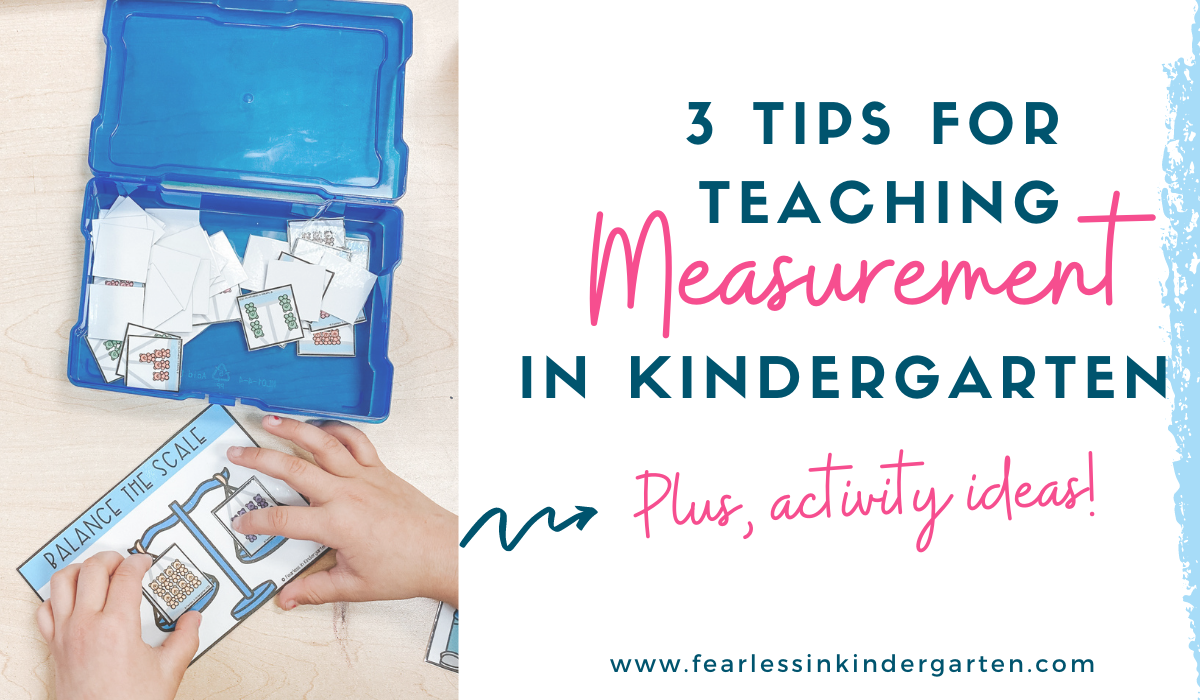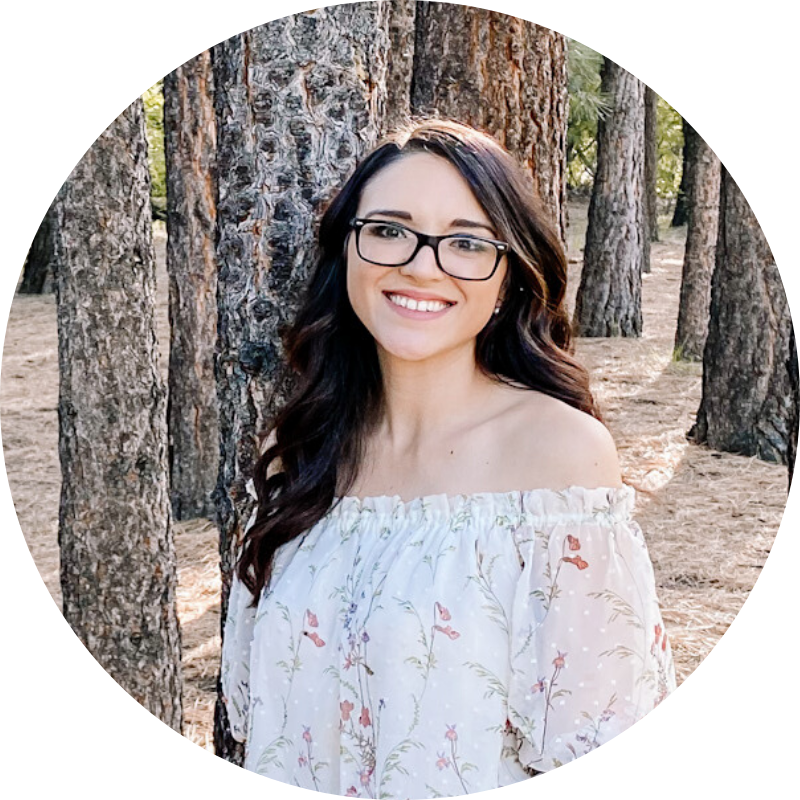Kindergarten Measurement
Kindergarten measurement is essential to learning how to read, write, and count. It helps children learn math concepts, develop motor skills, and build confidence. Okay, so if you’re new to teaching measurement in kindergarten, it’s a whole lot simpler than it sounds. You’ll want to get familiar with the Common Core State Standards (CCSS) or your state’s specific standards for measurement and data.
But, in alignment with Common Core, kindergarten math standards for measurement are simply being able to compare measurable attributes of objects and to describe measurable attributes of an object, including weight, height, and volume.
Okay so what do I do with them and how do I teach this stuff???
How to teach kindergarten measurement
1. Appeal to Various Learning Styles
As with any subject in kindergarten (and other grades), using a multitude of approaches is always a best practice. Make it fun, make it engaging! Use lots of visuals and hands-on games, activities, and lessons. Teaching weight? Use an actual balance scale! Teaching volume? Let the students explore with various containers and rice or beans for an easy center to teach measurement for kindergarten.
Letting kindergarteners explore with measurement tools can be really powerful in learning these concepts.
2. Know the Kindergarten Math Standards
As emphasized before, it’s really important to know what skills kindergarteners should be learning. It’s even helpful to look ahead at what they’re learning in first grade to see how you can best prepare them for it. There are two basic measurement standards for kindergarten using the CCSS. To sum it up, kindergarteners need to know how to compare two objects using one attribute, including length, weight, and height. They should also learn how to use comparison words, such as “more than,” “less than,” longer than,” and “shorter than.”
You’ll want to familiarize yourself with the kindergarten math common core standards – you can find those here.
3. Use standard and non-standard units
Standard units are things we typically think about when we think of measurements — inches, feet, pounds, etc. Non-standard units are basically anything outside of those things — it can range from cubes in the classroom to pennies to cotton balls just to name a few! Most kindergarten activities will be using non-standard units and you can totally meet the Common Core kindergarten measurement standards without teaching standard measuring units.
Using non-standard units is an easy way to make measurement for kindergarten super fun! Kids love comparing objects, and it helps them grasp the comparison words, like larger than, smaller than, lighter than, etc.
Kindergarten Measurement Worksheet
There are so many kindergarten measurement worksheets out there. My personal favorite is Write the Room activities for measurement. It incorporates a kindergarten measurement worksheet, but also gest students up and moving. You can check those kindergarten measurement Write the Room worksheets here. I love that Write the Room activities are easy to swap out, have worksheets – in this case for kindergarten measurement – to be able to assess students quickly and easily, and get my students up and moving! You can also find lots of free kindergarten measurement worksheets on sites, like Teachers Pay Teachers or Amazon Ignite.
Kindergarten Measurement Activities
There are lots of measurement activities for kindergarten and center activities you can create. Here are just a few ideas:
Virtual Teaching? Check out these Balance Scale BoomCards to practice comparing weight. If you haven’t heard of BoomCards yet, they are digital task cards that are self-grading. So engaging for students and I love that they get feedback right away. For more information on BoomCards or a free trial, click here.
This hands-on weight comparison game is perfect for in-class. Students can either play individually or in pairs. Students have to count the bears to balance the scale and make sure there’s an equal amount on each side. I love this because it also reinforces counting and cardinality standards too! My students LOVE playing. Plus, balance scales are always a great way to practice weight when teaching measurement.
For a simple hands-on activity, I love having students pick out a few of their favorite toys at home or in the classroom and ordering them by height, length, or weight. This activity is perfect for any type of learning, virtual or in person, and can easily be done with things around the house. Hint: this one also makes for a great choice board activity too!
Lastly, my students love using the real-life balance scale to practice measuring and weighing items. We use a bucket balance scale (like this one here), and the students work to compare the weight of everyday classroom items, like pom-poms, erasers, counting bears, and other math manipulatives.
For more measurement activities, check out my measurement activity bundle here!
For more Kindergarten math tips, check out my free guide on how to set up your kindergarten math block. Check out my other blog posts on using choice boards in the classroom and classroom procedures. Teaching number sense, geometry, and measurement for kindergarten can be tricky sometimes, but math can be so fun at this age too!






